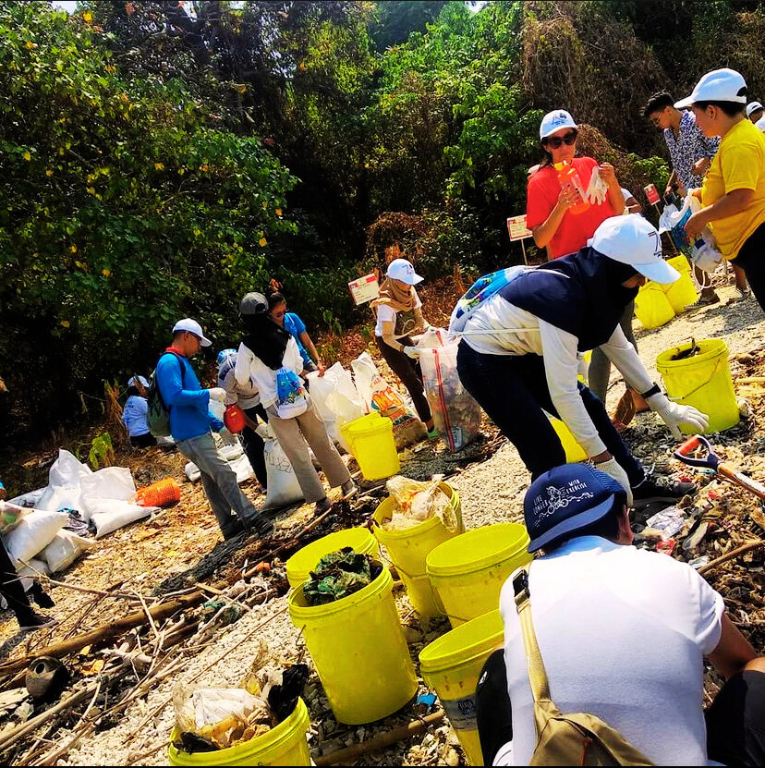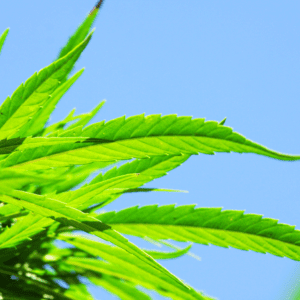State Parks Remove 3 Tons of Trash from Illegal Cannabis Sites

California State Parks Remove Six Thousand Pounds of Trash from Illegal Cannabis Cultivation Sites
California State Parks successfully removed approximately six thousand pounds of trash from four state parks as part of a comprehensive cleanup operation conducted by its Cannabis Watershed Protection Program (CWPP). The initiative aimed to eliminate waste left behind from illegal cannabis cultivation, which poses significant environmental hazards to the state’s protected natural areas.
Cleanup Operation Locations and Details
The cleanup operations took place this past spring at the following state parks:
- Cuyamaca Rancho State Park (SP): About 1,800 pounds of waste were removed from the Sweetwater Watershed.
- Henry W. Coe SP: Approximately 2,200 pounds of waste were cleared from the Coyote Creek and Pajaro Watersheds.
- Malibu Creek SP: Around 1,000 pounds of waste were extracted from the Malibu Creek Watershed.
- Topanga SP: An estimated 1,000 pounds of waste were taken out from the Topanga Creek Watershed.
Due to the remote and rugged terrain of these sites, much of the waste had to be airlifted out of the parks. This logistical challenge underscores the complexity and effort involved in addressing the environmental impact of illegal cannabis cultivation.
Environmental Impact of Illegal Cannabis Cultivation
Illegal cannabis cultivation is a significant threat to state parks, resulting in various forms of environmental damage:
- Toxic Chemicals: The use of banned herbicides and pesticides not only harms plant and animal life but also poses a risk to water quality and soil health.
- Invasive Species: Invasive species introduced through these activities can outcompete native flora and fauna, leading to long-term ecological imbalances.
- Destruction of Native Plants and Wildlife: The clearing of land for cultivation often involves the destruction of native plants and habitats, negatively impacting local wildlife.
The CWPP’s operations are essential in reversing some of these adverse effects and restoring the natural habitats of California’s state parks. By removing the waste and remnants of illegal cultivation sites, the program helps protect and conserve these vital natural resources for future generations.
CWPP’s Ongoing Efforts and Achievements
The CWPP has documented more than 400 illicit grow sites on state park property. Many of these sites are located in inaccessible areas, requiring significant time and resources to remediate. To date, the program has fully remediated 84 former cannabis grow sites, removing a total of:
- 29,000 pounds of waste
- 32,500 cannabis plants
- 360 pounds of fertilizer
- 200 hazardous waste items
- Over six miles of irrigation tubing
Mission and Establishment of CWPP
Established in 2019, the CWPP’s mission is to prevent and mitigate environmental damage from illegal cannabis cultivation while supporting stewardship and operations that discourage such activities on state park lands. The program’s efforts are crucial in preserving the natural environment and ensuring the safety and cleanliness of California’s state parks.
Broader Implications and Future Efforts
The success of the CWPP highlights the broader implications of coordinated environmental stewardship:
- Public Awareness: Raising public awareness about the environmental impacts of illegal cannabis cultivation is essential. Educating visitors and local communities can help garner support for conservation efforts.
- Policy and Enforcement: Strengthening policies and enforcement mechanisms to deter illegal activities within state parks is critical. This includes increased patrols, stricter penalties, and enhanced surveillance technologies.
- Collaboration: Collaborating with local law enforcement, environmental organizations, and community groups can amplify the impact of cleanup and conservation initiatives.
CWPP’s Commitment to Environmental Stewardship
California State Parks remains committed to combating illegal cannabis cultivation and protecting the state’s natural resources. The CWPP’s ongoing efforts highlight the importance of environmental stewardship and the need for continued vigilance in preserving the integrity of state parks.
As the program progresses, it will undoubtedly play a crucial role in maintaining the ecological health of California’s state parks and ensuring that these beautiful landscapes remain unspoiled and accessible for all to enjoy. The success of these cleanup operations serves as a model for other states grappling with similar challenges and underscores the importance of dedicated programs like the CWPP in safeguarding natural treasures.











